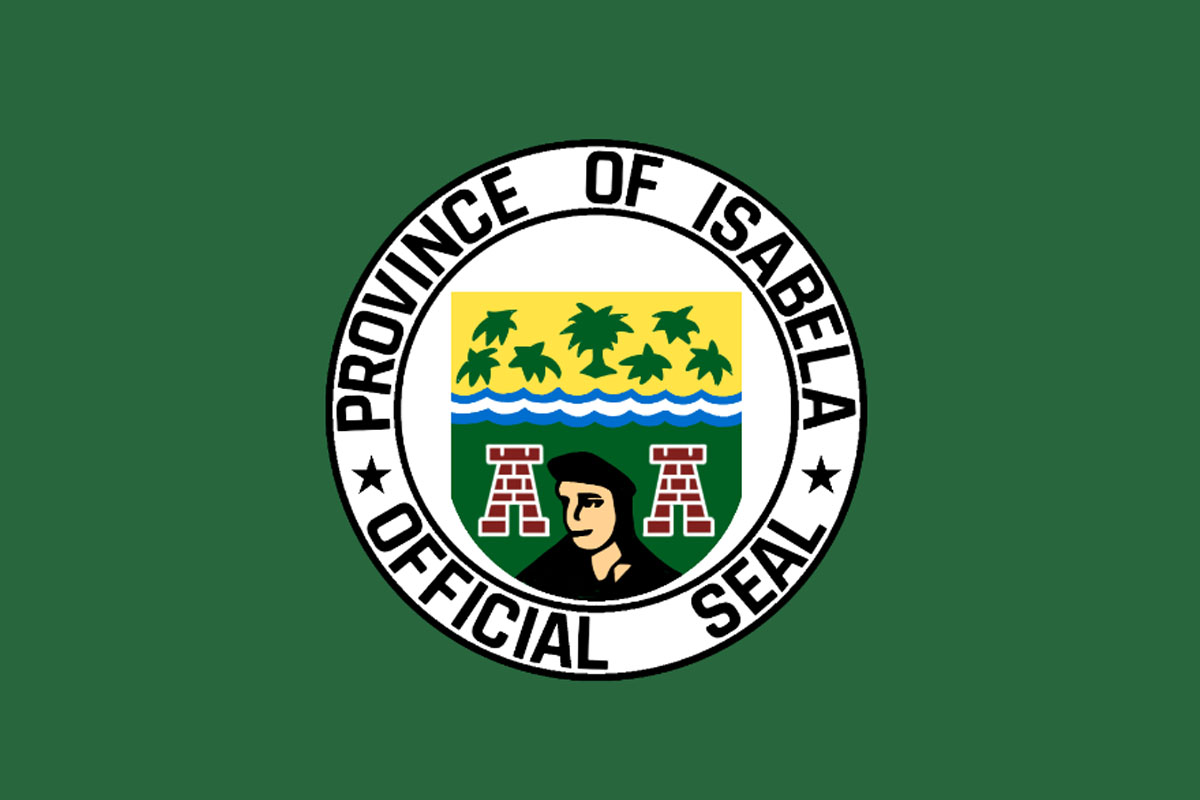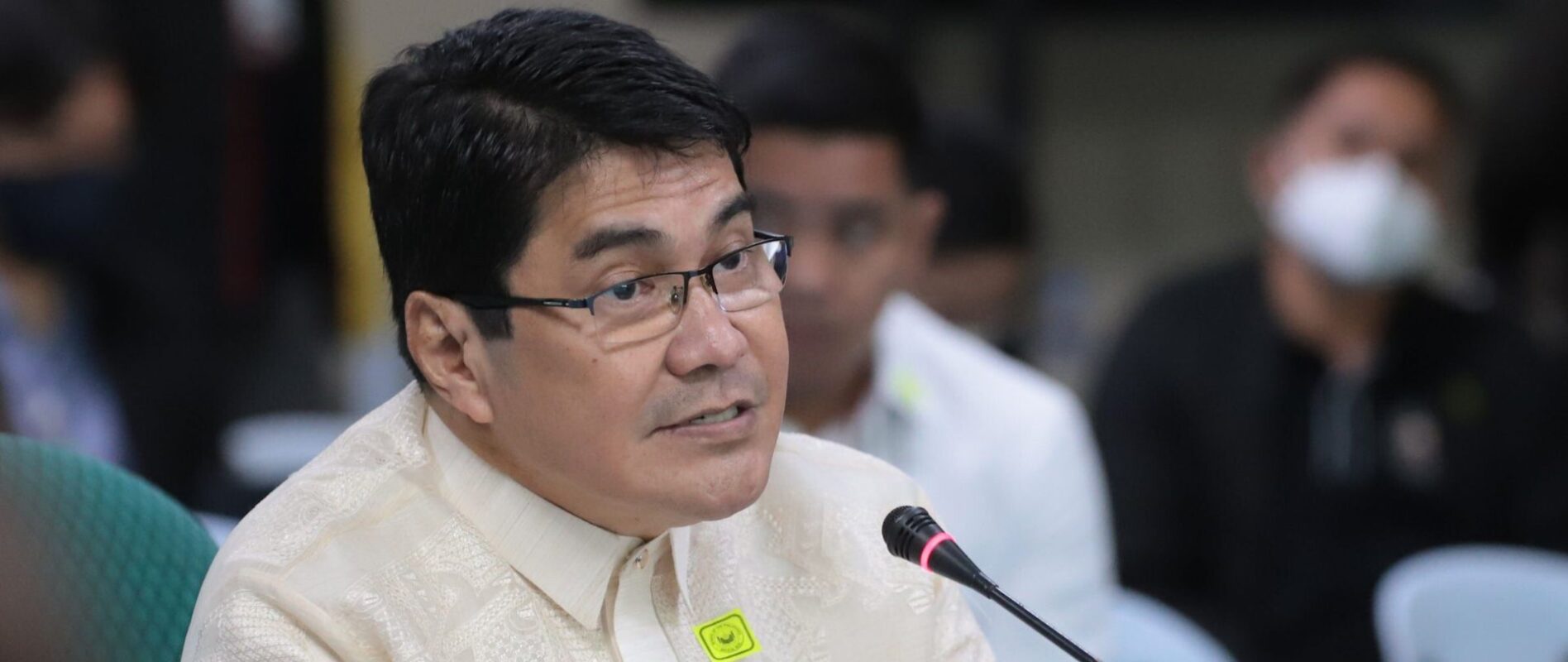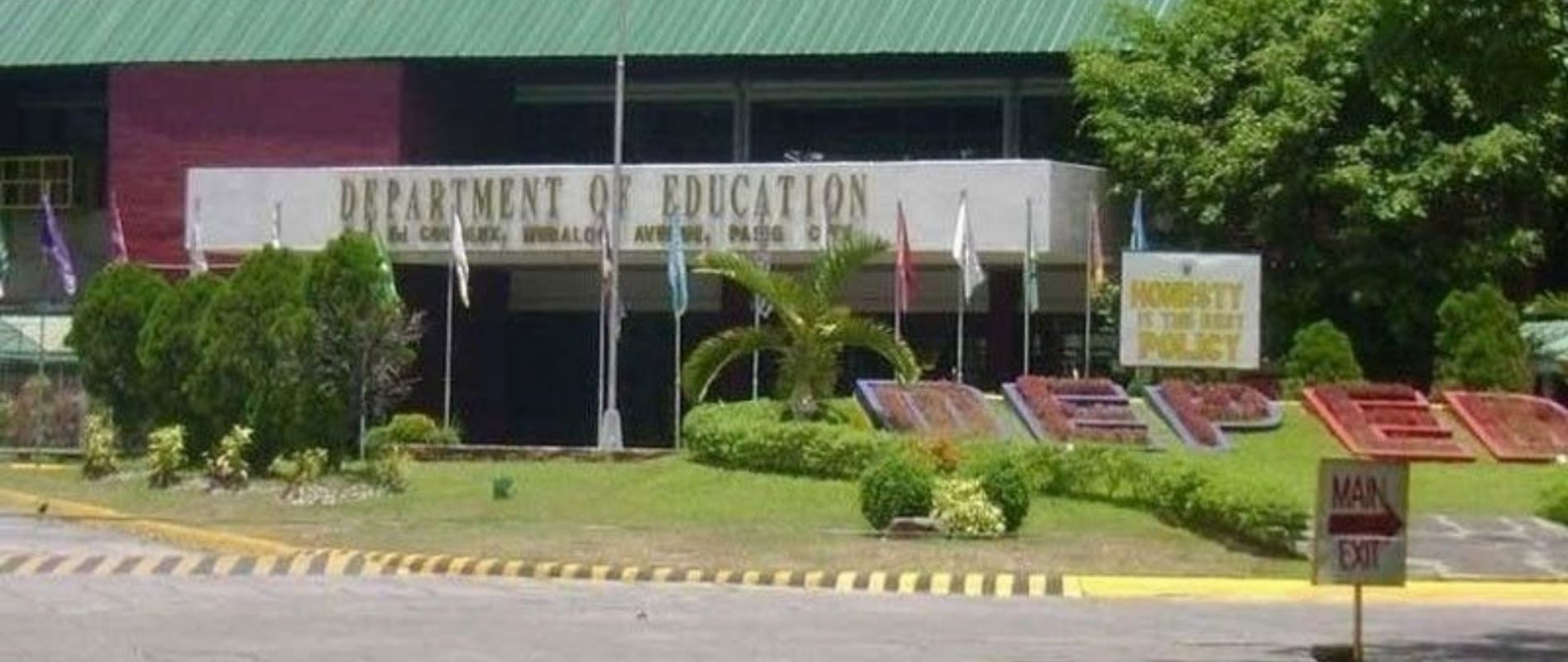ISABELA TOWN ESTABLISHES E-TV
THE LOCAL government of Luna town in Isabela province established an educational television to support teachers and learners when classes open on October 5.
Luna Mayor Jaime Atayde said that the E-TV will serve as an aid to the instructional materials from the Department of Education which will be used in distance learning.
“The concept here is to supplement the modules, likewise additional teaching will also be used. It’s going to be hard to teach math through modules, specifically science subjects and others,” Atayde said.
E-TV will also provide instructional videos and live classes that will enable teachers and students to interact with each other as if they were in a normal classroom setting.
The programs will be aired through a local TV station partner.
There will be two dedicated channels for the E-TV, one for the elementary program, and one for the high school program. Each episode will last for 1 hour and 30 minutes. Lessons for every grade and year level will have a fixed time slot.
Atayde said that six villages in the municipality do not have access to cable TV. To make sure that all students will have access to E-TV, 19 internet towers were installed.
Through the collective efforts of the officials of the barangay, Sangguniang Kabataan and the local government, the mayor said they were able to produce signal towers, smart towers, internet services, radios and smart TVs for the E-TV. The local government acquired three laptops, cameras, two units of Risograph duplicator machines for the production of E-TV episodes and modules for students.
The local government also distributed 700 cellphone units to indigent students.
The local government will also provide downloadable internet vouchers that will enable students to connect to free internet for a limited period to download and view the E-TV episodes for the day. Elementary students are entitled to an hour of internet connection while high school students can browse the internet for an hour and a half. This system will help evenly distribute the internet connection while ensuring that all of the 4,230 students in the town will benefit.
“We have to spread the internet, we cannot utilize it all of the same time. The free wi-fi in the barangay is not enough if we don’t control the use. None of the students can ever download or watch a video if all of us are watching at the same time,” Atayde explained.














